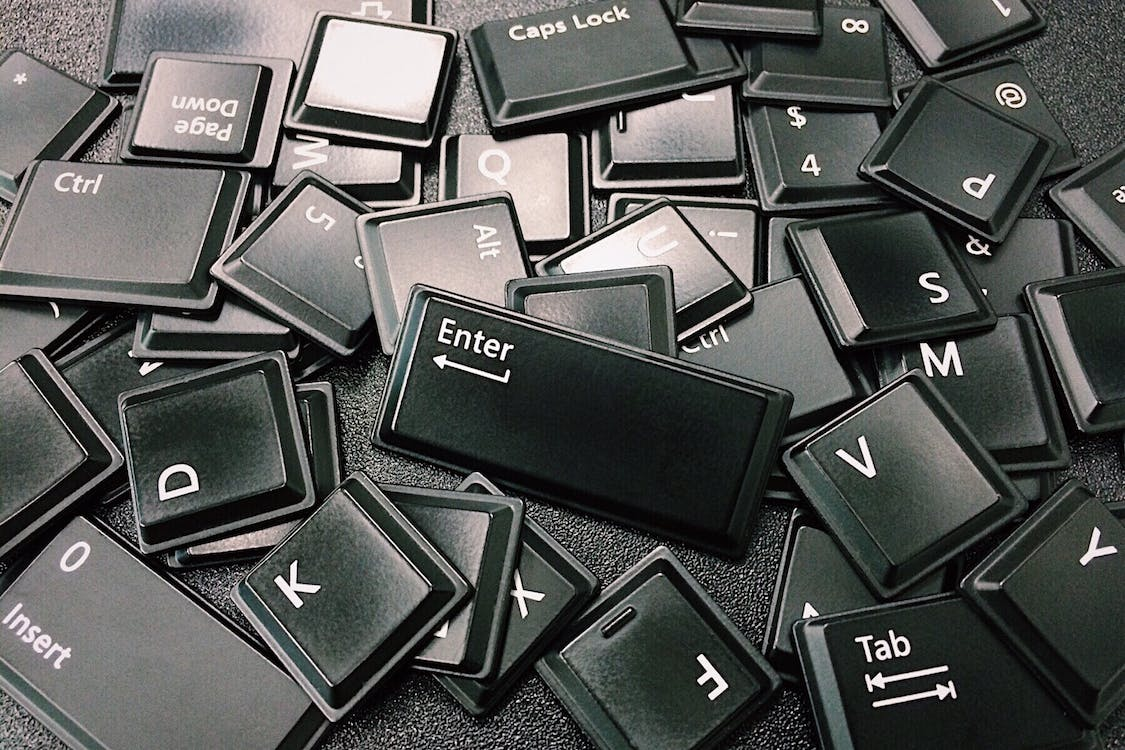
Apply to a foreign university with confidence
- Properly fulfilled documents
- Perfect motivation letter
- Support from a personal mentor
- Offers from several universities
How to choose the best keyboard for touch typing? Which keyboard is the best?
Free consultation





You can learn to touch type on any keyboard. The main requirement is that it works and the keys do not stick. But it is better if it is also comfortably shaped and has a pleasant tactile response (the way keys react to being hit). Below we will tell you what kinds of keyboards are out there and what to look out for when choosing.
There are two types of keyboards: mechanical and membrane. They differ in appearance and the way they work. Membrane keyboards are usually flat and more compact, while mechanical keyboards are larger and have a pronounced surface. In membrane keyboards, the signal is sent once the key is completely pressed down, and in mechanical — at the middle point. Therefore, they are considered to be better suited for fast typing. In addition, they function without breaking, on average, 10 times longer. But there are also disadvantages:
However, to understand what suits you best, you can only try both. Come to a store and give typing on different keyboards a go. Maybe you will like the membrane ones more.
Price: 130 USD
Keyboard with quiet keystrokes and a comfortable wrist rest. There are many lighting modes: the keyboard can shine like a Christmas tree. However, some users don't like the lack of tactile feedback.
KnewKey Dual mode Mechanical Keyboard
Price: 154 USD
Very neat keyboard with a retro design. It connects both via USB and Bluetooth, and can support up to three devices at once. Loud clicking simulates pressing a key on a real typewriter. However, some may get annoyed by that.
Price: 80 USD
A USB metal keyboard. It gives a pleasant tactile response when pressed, but its loud sounds can be distracting.
There are special keyboards for learning touch typing. They are divided into zones by color to make it easier for your fingers to navigate. Some have no lettering on the keys.
However, you can jury-rig a similar device with no extra costs. You just need to cover your keyboard with stickers. But it won't look quite as pretty.
Price: 114 USD
Membrane keyboard with color division into zones.
Price: 114 USD
Labelless brother of the previous keyboard — for more difficulty.
Price: 164 USD
Mechanical keyboard without key labels. It clicks, has tactile feedback and offers a stylish minimalist design.
The main alternative to conventional keyboards is ergonomic ones. They look rather strange: the edges are rounded, and the keys are divided into blocks. But this shape serves a purpose. It is designed to give your hands a more natural position when typing with ten fingers.
Pay attention to how you work on a regular keyboard. The most frequently used keys are very close to each other. Because of this, your hands are always close, too, and your wrists and elbows are bent. This position creates additional stress on the nerve cord passing through the arm. Over time, this can lead to wrist pain.
To avoid this, the keys are divided into two blocks on ergonomic keyboards — one for each hand — and are located farther from each other. However, there are also disadvantages: you need to get used to such a keyboard, and it is completely unsuitable for typing with two or four fingers.
Price: 90 USD
The special feature of the keyboard is that it is raised in the front and in the back. Thanks to this, it is more convenient than most analogues. The set also includes a soft 3-layer wrist cushion. The keyboard is wireless, you can connect up to three devices at the same time.
Price: 135 USD
This mechanical keyboard is divided into separate blocks, the distance between which you can adjust yourself. The height is also adjustable using special pegs.
Price: 56 USD
Ergonomic keyboard at an affordable price. One of the shortcomings that users mention is that it’s too loud for a membrane keyboard.
60+ countries
we work with
$1,000,000 saved
by students through scholarships
6,400 offers
our students got